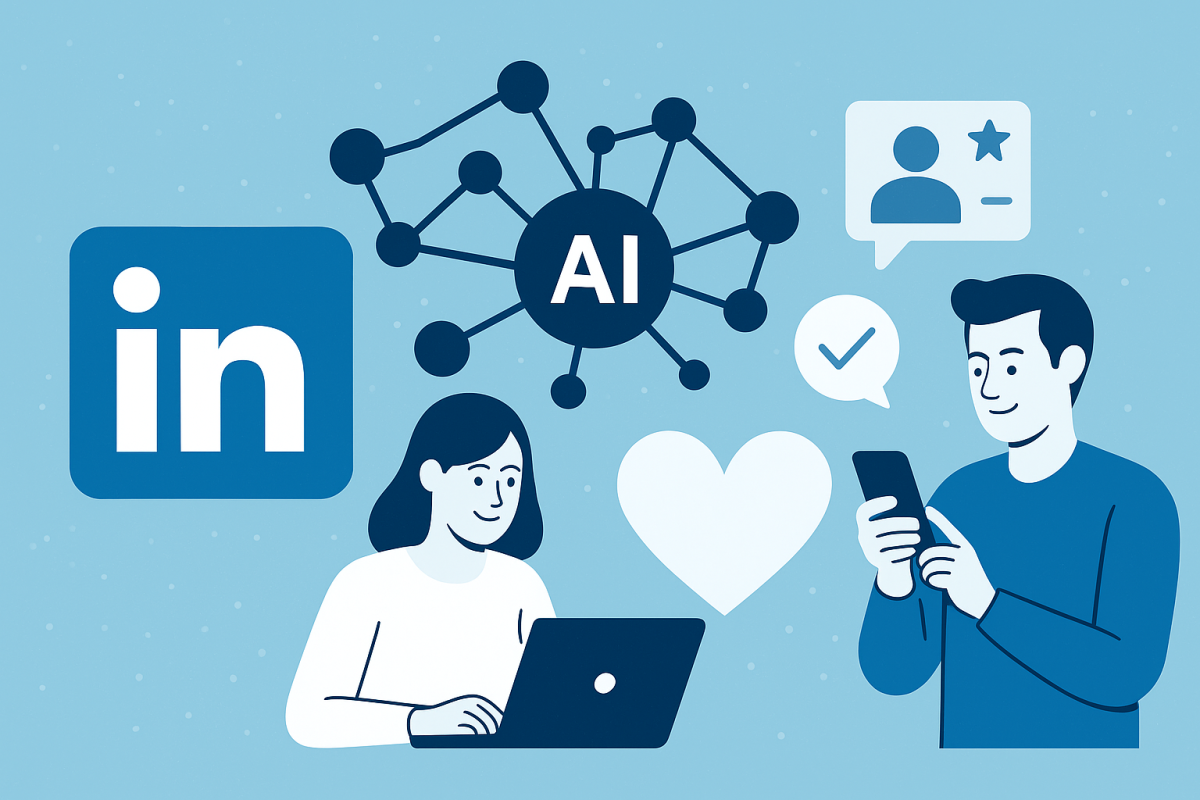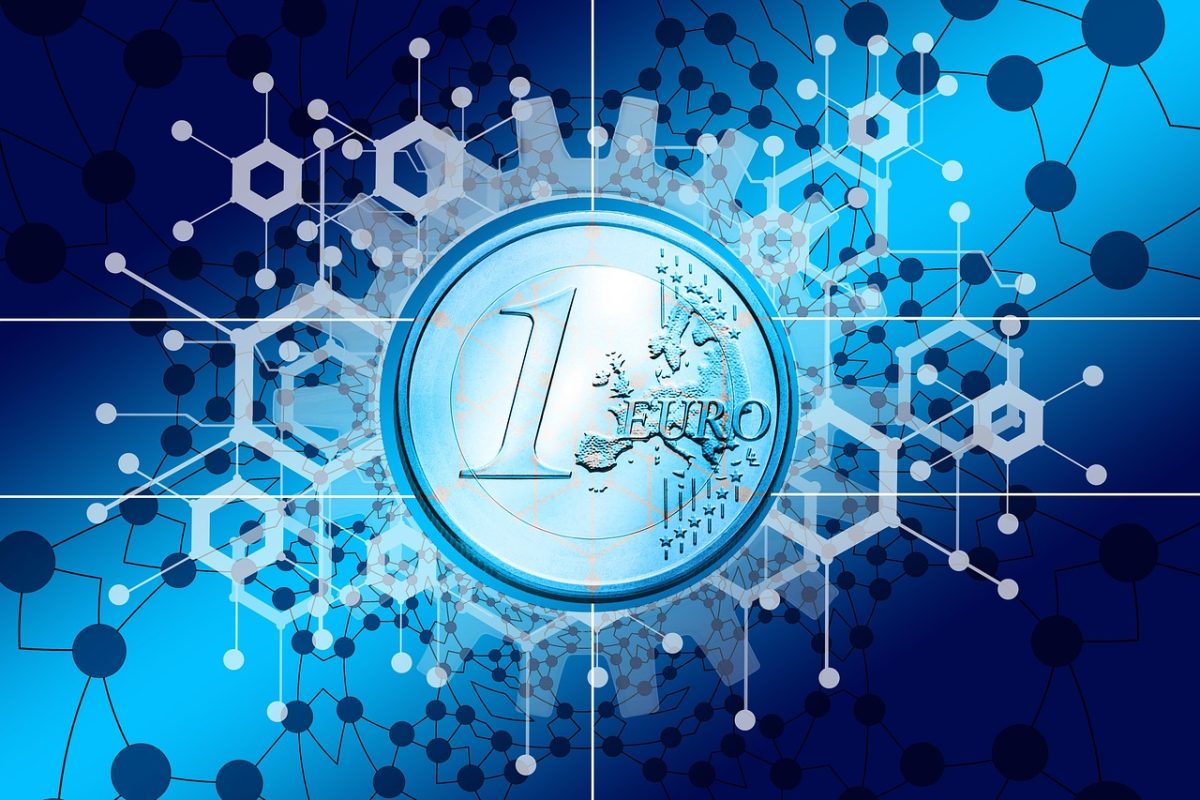Since its inception in 2003, LinkedIn has succeeded in becoming the leading online platform for professionals to connect, seek career opportunities and learn. However, despite acting as a bridge between recruiters and job seekers through innovative algorithms and personalized models significant challenges persist. Most notably, mismatches in job recommendations, time consuming and inefficient screening processes and limited career development options. In order to help LinkedIn overcome the aforementioned inefficiencies, our team has examined, analyzed, created and evaluated a Gen AI solution which can assist it in changing from a static networking site to a real time, holistic, personalized career ecosystem.
Currently, LinkedIn at its core is a two way platform connecting job seekers and recruiters. Via the integration of GenAI it is feasible to surpass this transactional model by analyzing users’ profiles, patterns, learning interests, engagement data and goals and assess dynamically skill gaps, recommend accurate learning opportunities relating to the current job market trends and even simulate AI interview scenarios for each job advertisement. On the other hand, employers can receive access to a rich AI generated dashboard of summaries for each candidate and provide for each one predictive fit scores (culture fit, hard skills match, etc.) thus making faster and more accurate decisions and lowering associated costs.
According to industry benchmarks, AI predictive analytics can improve job matching accuracy by up to 25% (Recruiterflow, 2025), while simultaneously automated screening tools can reduce hiring cycles by 30% (SHRM, 2023). Additionally, personalization enhanced by AI can result in the rise of user engagement and happiness by around 20% (LinkedIn Talent Blog, 2023). In return, increased user retention and addition leads to more data which contributes to the generation of even better suggestions (network effects).
However, in our research we also recognize the necessity of responsible AI implementation. As a component of Microsoft’s ecosystem, LinkedIn must comply with the EU AI Act and GDPR. Only through transparent algorithms and bias mitigation practices can trust and fairness be maintained.
During our analysis, we decided to visualize our concept creating two prototypes using Lovable AI:
- The Job Seeker UI, which depicts how users scroll and interact with personalized job suggestions, customized learning paths improve their skill and AI feedback on how to enhance their profiles.
- The Recruiter UI, which demonstrates AI candidate lists with match scores and profile summaries for each one.
These prototypes, in combination, show how GenAI can be implemented into LinkedIn’s existing interface to add value for all stakeholders.
To conclude, Generative AI can greatly strengthen LinkedIn’s role as an ecosystem driver in the digital economy. While maintaining ethics and compliance, not only does it complement its current advantages but can create new revenue streams. Although possible bias and regulations can not be overlooked, Microsoft’s well tested infrastructure and LinkedIn’s scale can be decisive factors in overcoming these obstacles. Ultimately, LinkedIn can become an AI compass for recruiters and job seekers and by enabling better matches can continue to play a pivotal role in the digital economy.
Team 21
Ben Seidensticker
Georgios Trikkas Britt
Jacintha Boender
Mayke Heijmans
References
LinkedIn Talent Blog. (2023, May 17). Helping recruiters save time and increase candidate engagement with AI. https://www.linkedin.com/business/talent/blog/talent-acquisition/helping-recruiters-save-time-increase-candidate-engagement-with-ai
OpenAI. (2025). Reimagining LinkedIn: How Generative AI can create the perfect match [Digital illustration]. Generated with DALL·E via ChatGPT on October 16, 2025.
Recruiterflow. (2025, January 15). AI candidate matching: A complete guide. https://recruiterflow.com/blog/candidate-matching
Seidensticker, B., Trikkas Britt, G., Boender, J., & Heijmans, M. (2025, October 17). Innovating Business Models ‘Leveraging GenAI to Transform LinkedIn’s Business Model‘. BM01BIM Information Strategy. Rotterdam School of Management, Erasmus University.
Society for Human Resource Management (SHRM). (2023, July 21). The evolving role of AI in recruitment and retention. https://www.shrm.org/labs/resources/the-evolving-role-of-ai-in-recruitment-and-retention




